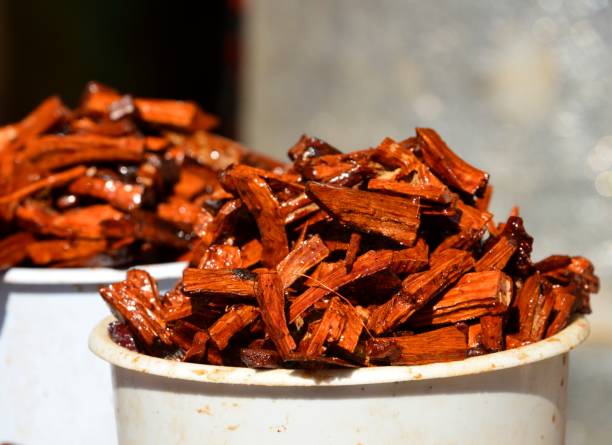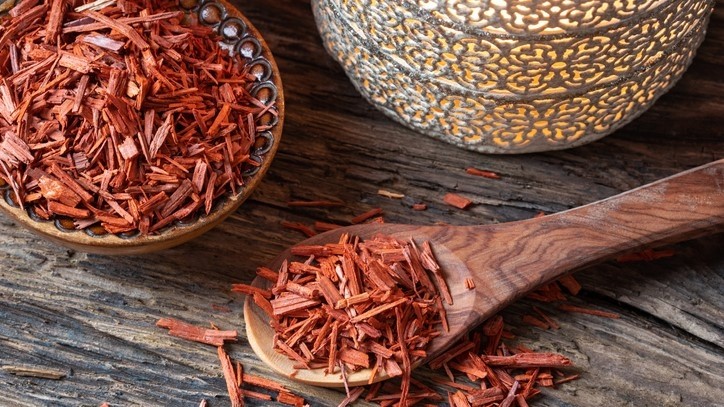Overview
Sandalwood has a very high value because of its aromatic
scent which is used in perfume and incense. There are
two varieties of Sandalwood that are grown very
commonly. These are namely Tropical Indian Sandalwood
and Temperate Dryland Australian Sandalwood.
Once it gets established it is a sensuous and
potentially beneficial tree for growing. You can choose
a suitable place for planting your Sandalwood. After
that, you can germinate and transplant your seeds. When
your trees are established, you are required to serve
them with the necessary care to keep them healthy.
Choose an Area with Sunny Climate & Moderate Rainfall
Sandalwood grows best in those places that have an
adequate amount of sunlight, fairly dry weather, and
moderate rainfall for a part of the year.
These trees need a temperature that ranges from 12
degrees Celsius to 30 degrees celsius or 53° F - 86° F.
The annual rainfall for these trees must be in the range
of 850 millimeters to 1200 millimeters or 33 inches - 47
inches.
They can survive in anything between 360
meters to 1350 meters or 1181 feet to 4429 feet in terms
of altitude. But, you must give top priority to moderate
altitudes that are between 600 meters to 1050 meters or
1968 feet to 3444 feet.
Select Soil with Sufficient Drainage
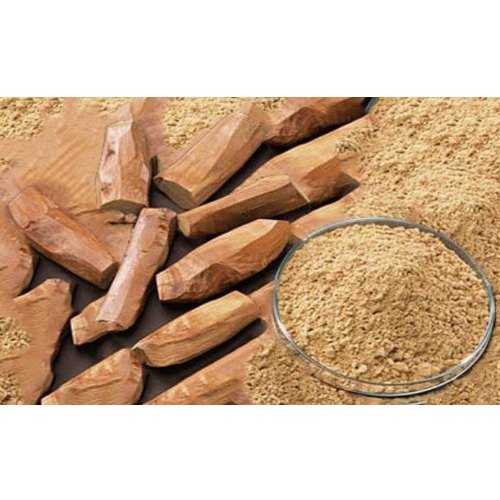
You are required to avoid that soil that has ever gone through waterlogging as it can't be bored by sandalwood. If you are going to plant sandalwood in sandy soil, you have to ensure that the water doesn't get drained rapidly.
- Sandalwood grows well in red ferruginous loam.
- You can also plant Sandalwood in sandy soils, vertisols, and red clay soils.
- Vertisol is a type of clay-rich black soil that contracts dramatically in dry weather, mud-cracks and creating deep.
- The pH of the soil for the plantation of Sandalwood plants should be between 6.0 & 7.5.
- Sandalwood bears gravelly soil and rocky ground.
Plant Sandalwood beside an Appropriate Host Species
Sandalwood can thrive only if it is grown alongside another plant that does the production of fixed nitrogen which is a type of natural fertilizer. The root system of the sandalwood tree will connect to the host tree for getting the nutrients if they require them. You should plant your Sandalwood ideally next to an already-established host species, for instance, long-lived wattles or acacia trees, or casuarinas which is a genus of tropical evergreens that are inclusive of Sheoaks and ironwoods.
- If you are required to plant a host species then establish them between the sandalwood trees at intervals of 1.6-2 meters or 5.2 feet to 6.5 feet.
- Cajanus Cajan pigeon pea is another majorly renowned good host species for Sandalwood trees.
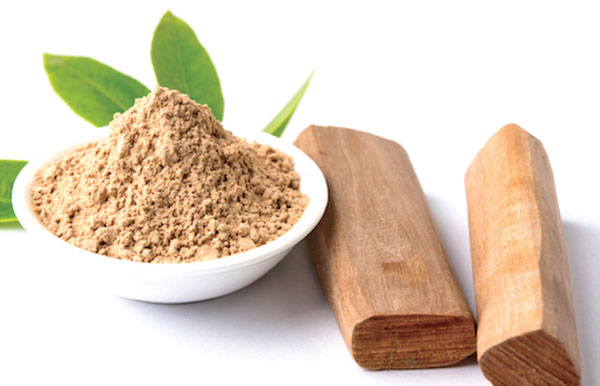
Germinating the Seeds
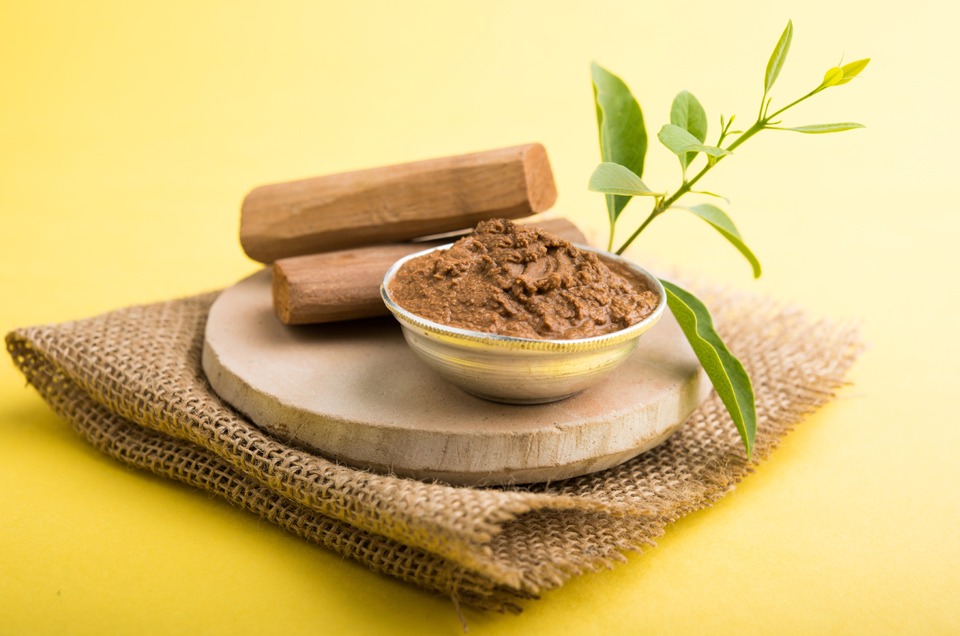
Soaking & Drying of Seeds
You are required to soak your seeds of Sandalwood for 24 hours. Let them get dried under the complete force of the sun. You should see a crack developing in the sandalwood seed after 1 day of leaving in the sunlight. Your seeds have become ready for germination at this point.
Mix the Potting Soil
You will have a requirement of some red earth, sand, and cattle manure. Mix 2 parts red earth to 1 part manure and 1 part sand in a wheelbarrow or other container. Now you have to fill the planting tray with this mixture. If you are making a plan for sowing the seeds directly outdoors, then you have to fill the planting hole with this mixture before sowing your seeds.
Plantation of Seeds
You are required to plant the seeds of sandalwood in a small container, for instance, a planting tray or a recycled cartoon. Then, you have to fill the container with the prepared potting mixture. Then you can place the seeds 3/4-1 inch or 1.75 centimeters to 5.54 centimeters below the surface of the soil.
Watering the Seeds
You are required to serve a little water every day to your plants. But, you must remember to avoid waterlogging the soil. The reason is that the sandalwood tree requires dry conditions. The seeds of sandalwood will start sprouting within 4 to 8 weeks. For checking that if there is a requirement of water, you have to put your finger 1 inch or 2.5 cm into the soil. If your finger gets a dried feeling, then you have to give water to the soil. In addition to this, you should avoid soaking the potting soil because sandalwood seeds can't bear waterlogged soil
Transplantation of Seedling
Digging a hole for the Sandalwood Seedling
You will have the requirement of a small trowel or a small shovel. Then you have to create a planting hole that is 30 by 3 centimeters or 11 by 1 inch.
Put the Sandalwood Seedling into the Ground
When the seedlings have become about 1 month old, then you will be required to transplant them. You can make use of a trowel to loosen your soil around the edges of the planting tray. You can also put your fingers along the sides of the tray and can pull up your sandalwood seedling. You can hold them by the root ball or can place them gently in the planting hole.
- It would be the best idea to transplant the seedling during the morning before it becomes excessively hot.
- Make sure that the space between the seedling and the planting hole is filled up with soil because you have the necessity of avoiding any potential waterlogging.
- Keep the space between the Sandalwood Plants between 2.5 meters and 4 meters or keep them 8 feet and 13 feet apart.
- Avoid plantation of the sandalwood plants in a protracted forest region
- The best time for the transplant of sandalwood in India is between May and October.

Plantation of Sandalwood Seedlings Close to the Host Plants

You are required to plant your sandalwood seedlings within 1 meter or 3.3 feet of the host plants. Your tree will get died unless the tree gets fixed onto the host species within the first 2 years. Before direct sowing of sandalwood seeds the host plants should be at least 1 meter or 3.3 feet tall.
During the First Year Weed Thoroughly
You will require removing any kind of weeds that are struggling for moisture around your sandalwood trees, particularly during the first year. You also have to ensure that the host species are not getting an excessive amount of sunlight in any way from your young sandalwood tree. If your host tree begins to grow above your sandalwood tree, you have to prune your host species or tip them to the side. In addition to this, you have to remove all the weeds that are climbing up your sandalwood tree.
Caring for a Sandalwood Tree
During Dry, Periods Give Water to Your Sandalwood Tree
If there is a period of dry weather around, you have to
give water to your Sandalwood plants. Serve your plants
with a half-liter or 0.5 quarts of water twice a week.
Watering your sandalwood plants in the evening is the best
idea that will prevent your plants from excessive
evaporation.
● You will be required to give water to your plants on a
regular basis if your area has got below the recommended
range of rain per week which is 850 millimeters to 1200
millimeters or 33 inches to 47 inches.
Pruning the Host Species
If your host species have begun to overshadow your sandalwood plants, you will be required to prune them back. Otherwise, your sandalwood tree will not obtain an abundant amount of sunlight.
Protection of Sandalwood Plants from Wild Herbivores
You will be required to prevent your sandalwood plants from wild herbivores because they are fond of the taste of these plants or trees. Put up a fence around the perimeter of the sandalwood plant to avoid any damage to your sandalwood plants that would assist in preventing wild herbivores from eating it.
